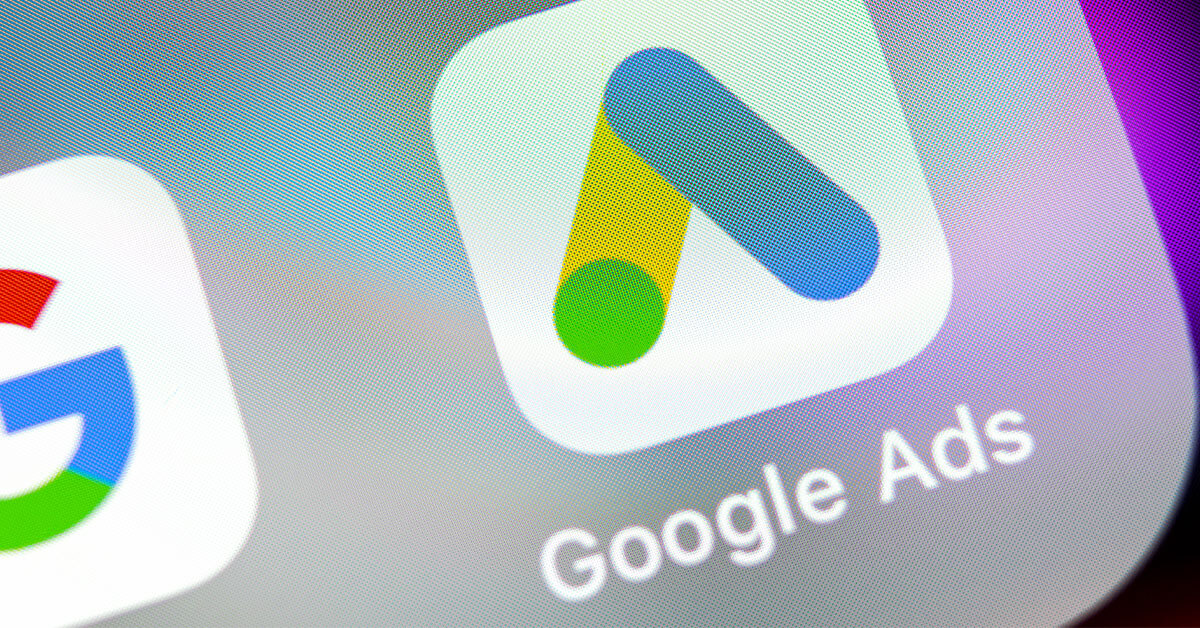Google Ads proves to be an essential resource for driving targeted website traffic and generating leads, establishing itself as a foundational element in digital marketing strategies for businesses aiming for measurable investment returns. By leveraging the capabilities of pay-per-click (PPC) advertising, companies can precisely and efficiently target their desired audience, ensuring scalability in their marketing efforts. This blog post offers a comprehensive guide on deploying and sustaining Google Ads campaigns to maximize ROI and optimize advertising expenditures. By adhering to these strategic steps, businesses can improve their online visibility, increase traffic, and transform visitors into leads and customers.
Step 1: Define Your Advertising Goals
Before launching a Google Ads campaign, clearly defining your advertising objectives is crucial. Are you aiming to boost website traffic, generate leads, promote a specific product, or improve brand awareness? Establishing specific, measurable, achievable, relevant, and time-bound (SMART) goals can effectively steer your campaign strategy and assess its success.
Step 2: Research and Select Keywords
Keyword research is foundational in setting up effective Google Ads campaigns. Utilize resources such as Google Keyword Planner to identify and discover the keywords your target audience is using in their searches. Choose keywords that are pertinent to your products or services and categorize them into targeted groups to activate your ads. Consider both high-intent and long-tail keywords, which are less competitive and more specific and potentially lead to higher conversion rates.
Step 3: Craft Compelling Ad Copy
Ensure your ad copy is engaging and matches the search intent behind your chosen keywords. To make your ads stand out, highlight unique selling points, promotions, or exclusive offers. Effective calls to action (CTAs) should encourage click-throughs. Experiment with various versions of your ads to identify which messages connect most effectively with your target audience.
Step 4: Set Up Ad Campaigns
Using Google Ads, set up your campaigns by choosing the right campaign type (e.g., Search, Display, Shopping, or Video). Configure your campaign settings, including budgets, bids, and targeting options based on demographics, location, device, and more. Structure your account with separate campaigns for different product lines or services. Use ad groups to manage different keyword clusters.
Step 5: Implement Conversion Tracking
Implement conversion tracking in Google Ads to precisely measure ROI. This functionality lets you track customer activities post-ad interaction, including purchases, newsletter sign-ups, or contact form submissions. Conversion tracking data is crucial for understanding your ads’ effectiveness and optimizing future campaigns.
Step 6: Launch and Monitor Your Ads
After setting up your campaigns, launch them and monitor performance closely. Utilize the analytics tools provided by Google Ads to monitor key metrics, including click-through rates (CTR), cost per click (CPC), conversion rates, and cost per acquisition (CPA). Regular monitoring and analysis are vital to understand what’s working and what isn’t.
Step 7: Optimize and Refine Campaigns
Based on the performance data, continuously optimize your campaigns. Adjust bids, refine your targeting, pause underperforming keywords, and tweak ad copy as needed. To improve the visibility and relevance of your ads, explore various ad extensions, including site links, callouts, and structured snippets.
Step 8: Regularly Update Keyword Lists
As market trends and search behaviors evolve, regularly update your keyword lists. Add new relevant keywords and remove those that no longer perform well. This ongoing refinement helps maintain the relevance and efficiency of your campaigns.
Step 9: A/B Testing
Regularly perform A/B testing by varying the elements of your ads, landing pages, and calls-to-action to determine the most effective versions. This testing can reveal more effective strategies and provide insights that lead to better conversion rates.
Summary
Google Ads is a powerful and adaptable platform for businesses seeking to increase website traffic and generate leads. You can maximize your PPC advertising ROI by strategically implementing and diligently maintaining your campaigns. Remember, the success of your Google Ads campaigns hinges on continuous optimization and adaptation to the insights gained from performance data. With a well-executed strategy, Google Ads can significantly contribute to your business’s digital marketing success.
About Maxeemize
Maxeemize provides Digital Marketing services to small and medium-sized businesses in Orange County and the United States. Our services include Responsive Website Design, SEO and SEO Audit, Social Media Marketing, Content Marketing, Pay-per-Click Advertising, Online Reviews Management, Photography, Video Marketing, Inbound Email Marketing, and more. Contact us at (949) 431-0431 for a complimentary consultation.


